After a leisurely break over the holiday period, I have returned to my desk to get right back into the analysis of what I think will be a pretty exciting year for the NEM. Connection difficulties, commissioning delays and stubbornly high storage costs point to uncertainty on the supply side, while strong rooftop uptake continues to whittle out daytime operational demand.
In attempting to pick out some key themes for 2020, it seems to make logical sense to start with a review of what happened in 2019. There is a lot of data out there, not all of it easily accessible, so I considered it a late Christmas present when I unwrapped an advance copy of the Generator Statistical Digest 2019 (GSD2019 – released today). This was courtesy of the teams at Global-Roam and Greenview Strategic Consulting who have collected, cleaned, analysed and visualized a wide range of key metrics for every generating unit (and some relevant loads) in the NEM for the past 10 years. Yes, you read that right!
Now, I am not a fast reader, so getting through all the detail of the 660 pages will take me some time. But I am a data junkie and I love a good chart, so I couldn’t resist diving in and taking a quick look.
While the richness of the data will provide a wide array of insights for the more patient reader, here are my top three observations from the GSD2019 that give us some pointers to what lies ahead in the NEM.
Storage spreads
The GSD gives us some great insights into the operation of the few battery facilities currently active in the NEM. With price data for both bought and sold energy, and the bidding bands for generation and load, we get a clear picture of how this first wave of batteries is being run.
For the Hornsdale Power Reserve, Ballarat, Gannawarra, Lake Bonney and Dalrymple North batteries, 2019 saw an average energy buy price of A$66/MWh, and an average sell price of A$292/MWh. This produced average buy-sell spreads ranging from A$90/MWh to a whopping A$462/MWh, and an overall production-weighted average spread across all the batteries of A$115/MWh. So despite the complexities of the NEM, ‘buy low, sell high” still works a treat.
This margin sounds pretty healthy at first glance; for a notional commercially funded project engaging in only the energy market (as opposed to FCAS), we think that average spread is pretty close to what is required to deliver a reasonable rate of return on equity (take ‘reasonable’ as you will). But we have to be very cautious in deriving conclusions about profitability of batteries from these results, for a range of reasons. Firstly, as the GSD illustrates beautifully, most of the batteries currently operating in the NEM generate most of their revenue in the FCAS markets, not in energy time-shifting.
Ballarat battery revenue split – dominated by FCAS
And accurate information on how construction has been financed is hard to come by. We know they have benefitted from a significant chunk of government funds, so a spread that is profitable for these projects may not be sufficient for future developments. Furthermore, we need to consider capacity utilisation, as a high spread with low usage will not do the business case much justice.
Anyway, this is a bit of a digression, as at ITK we are less interested in the profitability of projects, and more interested in the impact they have on price. So while storage (with an implicit but perhaps incorrect assumption that it is renewable energy being stored) is sometimes hailed as the way to bring down future prices, the data shows us a hard truth: battery operators are no more philanthropic than anyone else in the market.
The average sell price is well above our estimates of short run marginal cost for gas fired generation. And the GSD2019 shows us that battery operators are not just passively benefiting from higher bidding generation. No, batteries are not setting prices particularly often, but they are bidding high. The examples of Hornsdale, Ballarat and Dalrymple show much of the available generation being bid above A$150/MWh, and in many cases in excess of A$300/MWh.
Hornsdale Power Reserve bidding bands
Ballarat battery bidding bands
Dalrymple North battery bidding bands
So can storage help lower prices? Yes, but in the same way as any other technology: with greater volume and more competition. More storage on its own is no cure for expensive energy – there needs to be sufficient competition between a diverse range of providers to help shave off that evening peak. So, just as an example, a massive government owned project on its own may not be the answer. And for more storage from more players, the facilities need to be cheaper to build. Will this happen in 2020? We suspect not, but with various government funds available for dispatchable generation development, we will be watching with more than a little interest.
Operational complexity is growing
Nodal prices are the best. No, I’m not outlining my stance on transmission loss calculations. My point is that the GSD has a complete set of nodal prices for every generator in 2019, and it gives us some concrete insight into how hard it must be to operate assets – in particular variable renewable energy assets – in today’s NEM.
Of course the GSD doesn’t call them nodal prices, but rather Connection Point Dispatch (CPD) prices. These are regional reference node prices adjusted back to each individual connection point in the NEM to reflect local network congestion. It is the price generators must bid below to ensure dispatch – bearing in mind that settlement takes place using the unadjusted RRP.
When a gap opens up between the CPD and the RRN, operators must watch both carefully; they must bid below the CPD, but only when the RRN makes it worthwhile.
The CPDs tell us a few things. Firstly it shows which assets are most impacted by local network constraints. I can’t claim to have looked at every unit covered in the report, but at a casual glance solar plants are subject to much lower CPDs relative to the RRN. But not all solar plants are created equal, and as any estate agent will tell us, it’s all about location, location, location. Beryl in NSW, for example, enjoyed a CPD almost identical to the RRN on average for 2019. While Coleambally, also in NSW, faced an average CPD of A$28/MWh for the year, some A$55/MWh below the RRN.
Beryl solar CPD vs RRN
Coleambally CPD vs RRN
This helps explain some of the differences in bidding behaviour between assets that otherwise look very similar. Output from Beryl was offered almost exclusively in the A$0 to A$-100/MWh price band; the operator can be confident the plant will be dispatched, while limiting the downside price risk.
Coleambally on the other hand was bid predominantly at A$-10,000/MWh – the bid price needed to be low in order to get dispatched given the low (at times highly negative) CPD. This of course runs the risk of encountering some unexpected nasty pricing.
Beryl bidding bands
Coleambally bidding bands
We do not know the details of the PPAs for these assets, and both also have some merchant exposure. So the bidding logic may become quite complex at times. But that’s the point: just because a solar plant (or wind for that matter) has a SRMC of zero, it doesn’t mean market management for the asset will be simple.
Things get really interesting when we consider assets that we know must avoid negative prices for contractual reasons. Tailem Bend in South Australia is a well cited example, and also happened to be subject to an average CPD of zero in 2019. In fact, the plant’s monthly average CPD was negative for the entire second half of the year. Combine that with the well documented incidences of negative RRN pricing in South Australia during the second half of the year, and we have a recipe for excitement.
With a low CPD but high RRN, the operator will want to bid low to ensure dispatch into a favourable price interval. But when the RRN falls below zero, the operator will want to bid high to get out of the way.
Tailem Bend bidding bands – from floor to ceiling
So what is a solar farm to do? Well, rebid, apparently. While most renewable plants have a pretty quiet rebid history, the rich granularity of the GSD2019 shows us that output from Tailem Bend was rebid a stunning 366 times during the year, most heavily in the second half.
Tailem Bend rebid record
So the GSD reinforces the fact that asset owners and operators will clearly need to think very carefully about bidding strategy in 2020, as ‘renewable’ does not mean ‘easy’.
Or alternatively, get some software to do the thinking for you.
Glacial wind commissioning timeframes
I have written previously on the longer commissioning performances for wind farms in 2019, but the GSD gives us some fantastic graphical evidence to hammer home the point.
A number of major wind farms were energised in 2019, and have progressed through the testing stages much slower than we at ITK – and I suspect many others – had expected. This has a couple of consequences: that a large volume of energy will be coming to the market later than expected, and our forecasts for the time to commission future wind projects are likely to be incorrect if we don’t factor in assets undergoing the process right now. Both impacts are likely to cause wholesale prices to be higher than they would otherwise be.
Murra Warra and Lal Lal (Yendon) in Victoria, Lincoln Gap in South Australia and Coopers Gap in Queensland are particularly good examples of this. The GSD shows that Murra Warra has been commissioning for some 9 months, and Lincoln Gap for 8 months, while both Lal Lal and Coopers Gap are at less than half their notional capacity 7 months after energizing.
Of course, we can’t just translate these results into hard and fast forecasts for future projects – the reasons for the slow timeframes will likely be a mix of both systemic and assets specific issues. But it’s enough to suggests the beginnings of a trend, especially considering these four wind farms are the only ones in the NEM to have started operations in 2019.
As there is 2.7 GW of wind capacity under construction across the NEM, sliding commissioning timeframes can have a meaningful impact on price. Given average construction timeframes, we expect all 2.7 GW to be energised in 2020, but it looks increasingly unlikely that they will be fully commissioned this year. Such hotly anticipated plants such as Stockyard Hill in Victoria and Bulgana Green Energy Hub in South Australia may have to wait until 2021 before sending their full compliment of energy into the grid.
——————————————-
About our Guest Author
 |
Ben Willacy is a consultant and analyst at ITK Services.
Ben has 18 years experience in global energy sector analysis, with experience across renewables, oil and gas, and coal. He co-founded Sustainable Energy Research Analytics (SERA), creating and maintaining the SERA Tracker product providing data and analysis on Australian wind and solar developments. Prior to this, Ben led Wood Mackenzie’s global coal supply team. You can find Ben on LinkedIn here. |


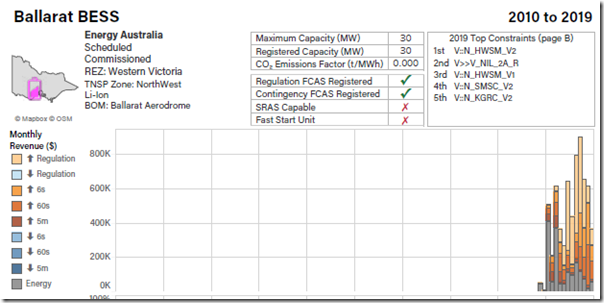
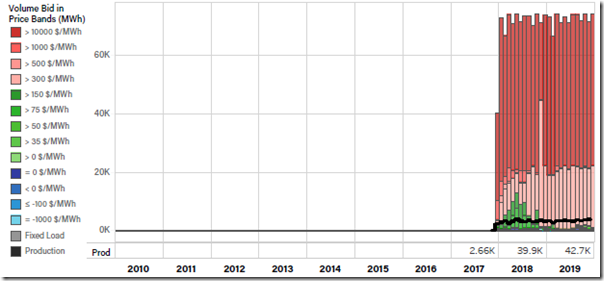
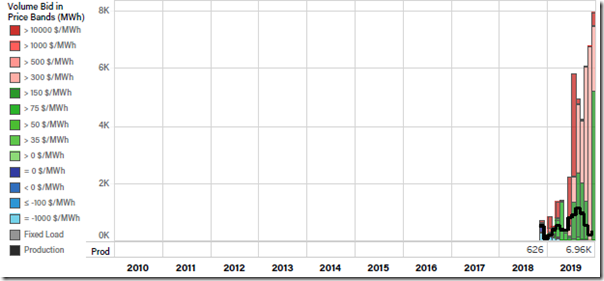
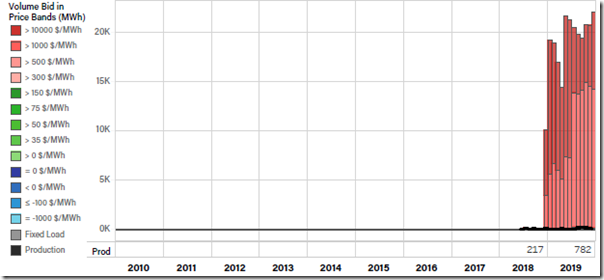
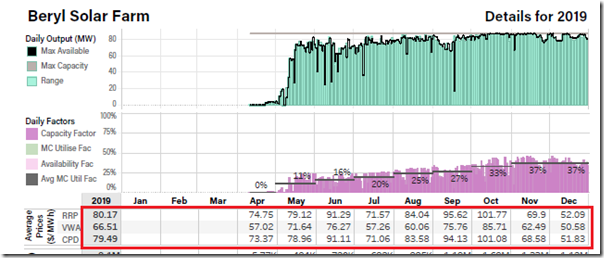
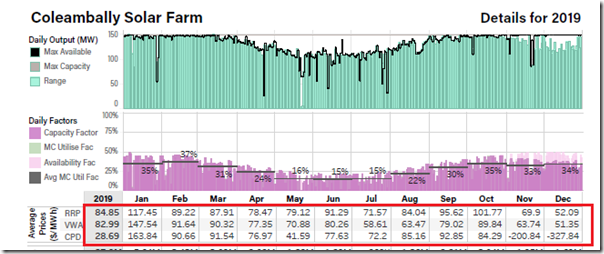
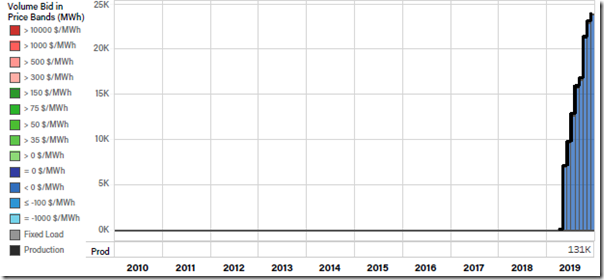
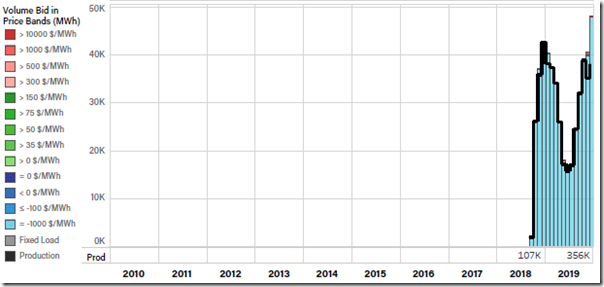
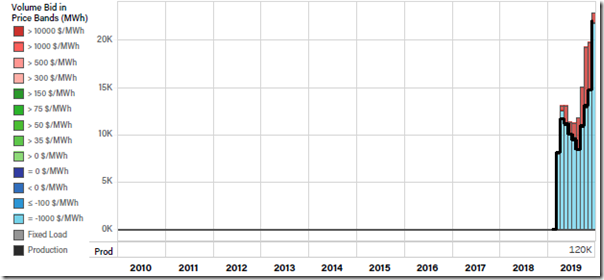

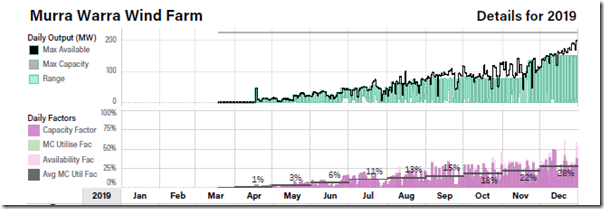
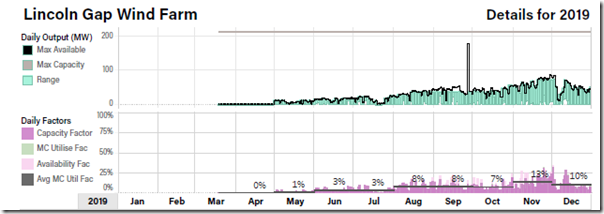
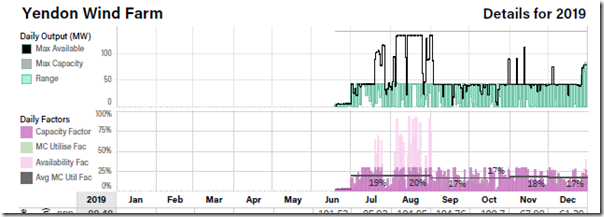
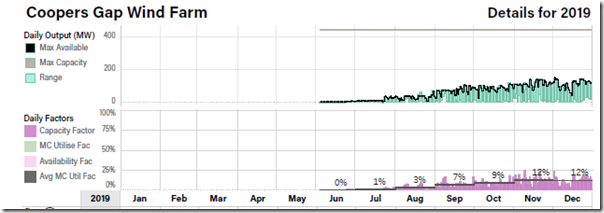
Leave a comment